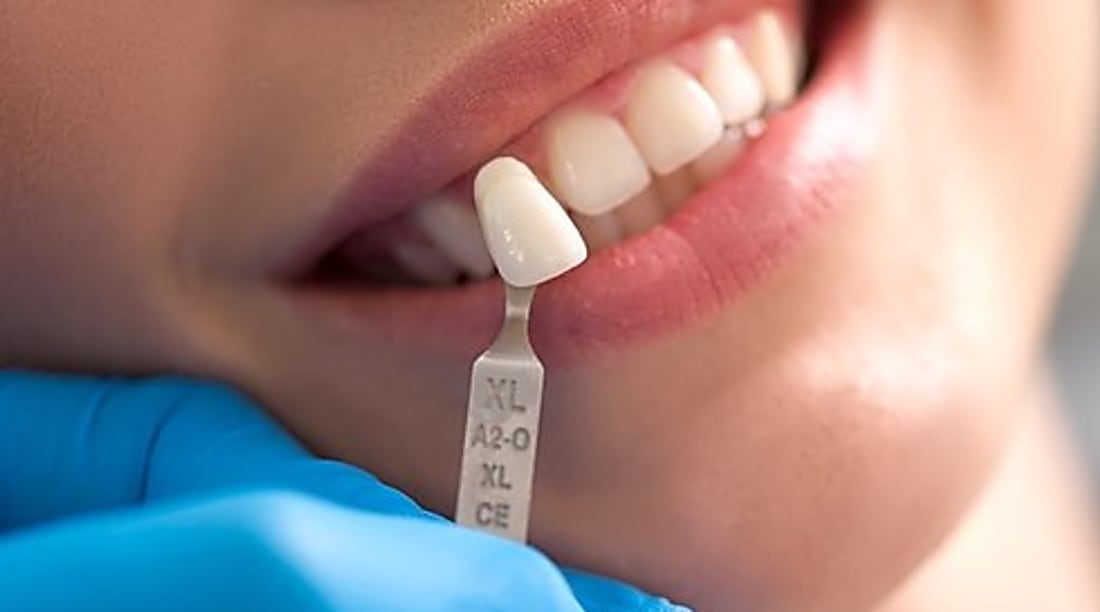Teeth Whitening: Home-Made Solutions, Clinical Treatments, and Latest Trends
Achieving a brighter smile has become increasingly important in today's appearance-conscious society. Various whitening methods offer solutions to combat discoloration caused by foods, beverages, smoking, and natural aging. With numerous options available—from do-it-yourself remedies to professional treatments—understanding the effectiveness, safety, and innovation in dental whitening can help individuals make informed decisions about their dental aesthetics.

A bright, white smile can significantly impact one’s confidence and social interactions. Teeth naturally yellow with age, but factors like coffee consumption, smoking, certain medications, and poor oral hygiene can accelerate discoloration. The growing demand for whiter teeth has led to an explosion of whitening methods ranging from traditional home remedies to advanced clinical procedures. This article explores various approaches to dental whitening, their effectiveness, and emerging trends in dental aesthetics.
Teeth Whitening At Home: What To Do
Home-based teeth whitening has gained popularity due to its convenience and cost-effectiveness. Several proven methods can help brighten your smile without professional intervention:
Baking soda and hydrogen peroxide mixtures represent one of the most common DIY approaches. Creating a paste with these ingredients and gently brushing for two minutes can help remove surface stains. However, dental professionals caution against overuse as it may damage enamel over time.
Over-the-counter whitening products offer another accessible option. These include whitening toothpastes, strips, gels, and tray-based systems. Most contain carbamide peroxide or hydrogen peroxide as active ingredients, though in lower concentrations than professional treatments. Results typically appear within a few weeks of consistent use.
Natural remedies like oil pulling with coconut oil, activated charcoal, and apple cider vinegar rinses have gained traction in recent years. While anecdotal evidence supports their effectiveness, scientific research remains limited. These methods should be approached with caution and moderation to avoid potential enamel damage.
Teeth Whitening Clinics And Treatments
Professional teeth whitening provides more dramatic and immediate results compared to home remedies. Dental clinics offer several specialized treatments that can significantly brighten teeth in a single visit.
In-office bleaching represents the most powerful whitening option available. During this procedure, dentists apply high-concentration hydrogen peroxide gel (typically 15-35%) to the teeth after protecting gums with a special barrier. Many clinics enhance the process with LED lights or lasers to accelerate the whitening action. A single session can lighten teeth by several shades in just 60-90 minutes.
Custom-fitted trays represent another professional option. Dentists create personalized trays based on impressions of your teeth, providing a perfect fit for applying professional-grade whitening gel at home. This approach combines professional quality with the convenience of home treatment, typically yielding results within 1-2 weeks.
For severe discoloration cases, dental veneers might be recommended. These thin porcelain shells are bonded to the front surface of teeth, instantly creating a whiter appearance. While more invasive and expensive than bleaching, veneers offer a long-term solution for teeth resistant to whitening treatments.
Professional Teeth Whitening: Cost Comparison
Professional teeth whitening treatments vary significantly in price depending on location, clinic reputation, and specific procedure. Understanding the cost landscape can help consumers make informed decisions about their whitening options.
| Treatment Type | Provider Type | Average Cost Range |
|---|---|---|
| In-office bleaching | Dental clinic | $300-$1,000 per session |
| Custom take-home trays | Dentist | $250-$500 |
| Zoom whitening | Specialized dental centers | $400-$600 |
| Laser whitening | Premium dental clinics | $500-$1,000 |
| Over-the-counter kits | Retail stores | $20-$100 |
| Whitening toothpastes | Retail stores | $4-$15 |
Prices, rates, or cost estimates mentioned in this article are based on the latest available information but may change over time. Independent research is advised before making financial decisions.
Insurance rarely covers cosmetic procedures like teeth whitening, making these treatments an out-of-pocket expense for most consumers. Many dental offices offer payment plans or membership programs that can help manage costs. Additionally, dental schools sometimes provide whitening services at reduced rates as part of student training programs.
New Trends In 2025
The dental whitening industry continues to evolve with technological advancements and changing consumer preferences. Several emerging trends are expected to shape the landscape in the coming years.
Nano-hydroxyapatite technology represents a promising development in enamel restoration and whitening. This biomimetic material not only helps whiten teeth but also strengthens enamel structure, addressing a key concern with traditional bleaching methods. Products incorporating this technology are gaining popularity as they offer whitening benefits without sensitivity issues.
AI-powered personalization is entering the whitening market, with systems that analyze tooth color, enamel condition, and whitening goals to create customized treatment protocols. These technologies aim to maximize effectiveness while minimizing potential side effects by tailoring the concentration and application time to individual needs.
Sustainable and natural whitening solutions reflect growing environmental consciousness among consumers. Plant-based whitening ingredients, biodegradable packaging, and cruelty-free testing are becoming important considerations. Brands emphasizing these values are expected to gain market share as eco-friendly options become more mainstream.
TeleDentistry platforms are expanding to include remote monitoring of whitening treatments. These services allow dentists to supervise home whitening processes through video consultations and digital shade assessment tools, combining professional oversight with at-home convenience.
Safety Considerations and Limitations
While dental whitening is generally considered safe, certain precautions should be observed to prevent adverse effects. Tooth sensitivity and gum irritation represent the most common side effects, particularly with higher-concentration products or prolonged exposure.
Not all discoloration responds equally to whitening treatments. Intrinsic stains—those within the tooth structure caused by medications, trauma, or developmental issues—typically resist surface whitening methods. Similarly, restorations such as crowns, veneers, and fillings do not whiten, potentially creating color mismatches after treatment.
Overuse of whitening products can damage enamel, leading to increased sensitivity and paradoxically making teeth more susceptible to staining in the future. Dental professionals recommend limiting whitening treatments to once or twice yearly, with maintenance through good oral hygiene practices.
Consulting a dentist before beginning any whitening regimen remains the safest approach. A professional assessment can identify potential contraindications such as existing dental work, gum disease, or enamel erosion that might complicate whitening efforts.
Dental whitening offers numerous options for those seeking a brighter smile, from accessible home remedies to advanced clinical procedures. Understanding the benefits, limitations, costs, and safety considerations of each approach allows consumers to make informed choices about their dental aesthetics. As technology continues to advance, the future of dental whitening promises even more effective, personalized, and health-conscious solutions.
This article is for informational purposes only and should not be considered medical advice. Please consult a qualified healthcare professional for personalized guidance and treatment.




